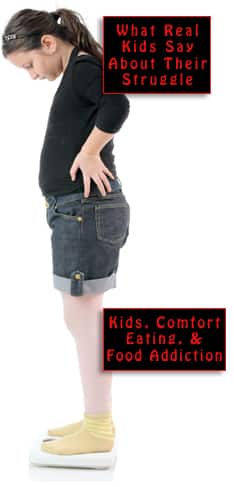
We are up to Part 8 of this series already, and it’s only 2015. In February of that year, YouTube made bold moves that were characterized by complaints to the Federal Trade Commission as “deceiving kids by mixing ads and content without clear delineations,” a situation described for WIRED by Julia Greenberg.
It wasn’t supposed to be like that. What was supposed to happen was that the special app would provide safer and easier access to “family-friendly videos, channels, and educational clips.” Yet somehow, this innocent gateway to safe, uncontroversial children’s programming ended up being perceived by a coalition of 10 consumer groups as a font of unfair and deceptive marketing that targeted children, rather than serving them. Rules, the critics charged, were being violated, and parents were being misled.
The thing is, although the rules for broadcast television were pretty strict, the internet was a different matter altogether. By its very nature, advertising over the World Wide Web is much more mutable and inconsistent, so it is not so easy to make rules that stick. A discrete, established channel like Nickelodeon was not allowed to have its programs write the commercials, or let show hosts peddle the merch, and the amount of advertising per hour was limited. But YouTube was the Wild West.
In July of that year, several “marketing icons” including Ronald McDonald, the Trix Rabbit and Sour Patch Kids were named as contributors to the childhood obesity epidemic. For PBS, Laura Strum explained the implications of a new study:
The investigation pooled data from 29 randomized trials involving 6,000 children to examine how exposure to marketing for high-calorie and sugary foods […] increased a child’s short-term desire for these items. The study found that kids consumed 30 more calories when exposed to just four minutes of junk food advertising relative to control groups.
McMaster University’s Dr. Bradley Johnston opined, “If we were to ban TV ads for bad fats, sugars and salts we could potentially reduce [the rates of] overweight and obese [children] by 15 and 2.5 percent respectively.”
Incapable of distinctions
But YouTube was able to get away with a bunch of techniques that watchdog groups considered underhanded, like letting popular hosts or beloved characters double as salespersons and being insufficiently obvious about what was advertising versus what was programming. YouTube was pulling off an unacceptable amount of boundary obfuscation. Greenberg wrote,
We adults see sponsored stories right next to news… On YouTube, Instagram, and Pinterest we follow people who tout clothes or play with gadgets they’ve been given by sponsors. For adults, the failure to clean up the mix between ads and content doesn’t seem so pressing.
In the opinion of the FCC, because children do not yet have the necessary cognitive skills in place, they are unable to tell the difference between entertainment and advertising, so expecting them to make such fine distinctions is unacceptable.
But although the FCC has jurisdiction over TV, its powers were not considered broad enough to get the job done on the internet, so the FTC with its more comprehensive muscle was asked to step in like the new sheriff in town and clean the place up. YouTube, of course, denied all guilt. Its staunch self-defense included an ostensibly righteous repudiation of classist snobbery. It communicated,
We worked with numerous partners and child advocacy groups when developing YouTube Kids… While we are always open to feedback on ways to improve the app, we were not contacted directly by the signers of this letter and strongly disagree with their contentions, including the suggestion that no free, ad-supported experience for kids will ever be acceptable. We disagree and think that great content shouldn’t be reserved for only those families who can afford it.
Your responses and feedback are welcome!
Source: “Exposing the Murky World of Online Ads Aimed at Kids,” WIRED.com, 04/07/15
Source: “Silly rabbit! Junk food ads contribute to childhood obesity, study says,” PBS.org, 07/05/16
Image by erenkumcuoglu/CC BY-ND 2.0 DEED

 FAQs and Media Requests:
FAQs and Media Requests: 











